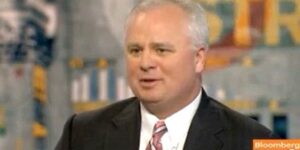
Employee Engagement: Say It Like You Mean It #TChat Recap
New research indicates that employees tend to love their employers — but don’t feel it in return. What can we do about that? The #TChat crowd weighs in

New research indicates that employees tend to love their employers — but don’t feel it in return. What can we do about that? The #TChat crowd weighs in

How would you describe your ideal employer? Here’s one factor that many job seekers overlook — but it has potential to make all the difference.

How can employers win the hearts and minds of today’s workforce? The TalentCulture community takes a closer look — for better or worse.

Recent headlines suggested that workforce wellness has failed. But “Wellness 2.0” is rewriting that story. What’s new? Read more